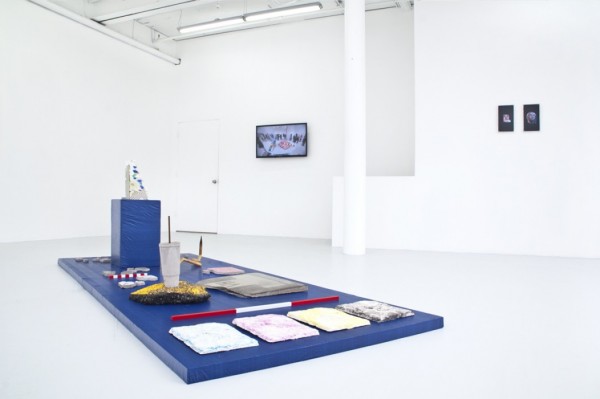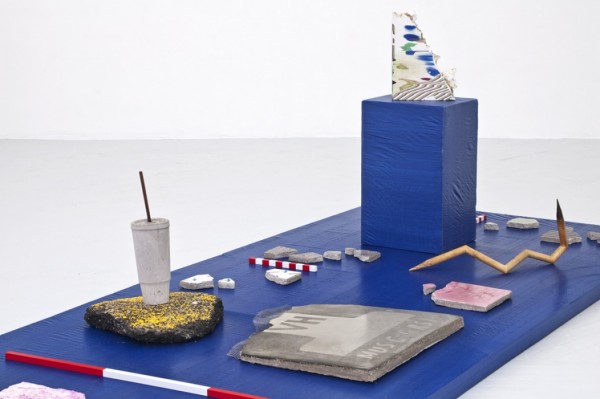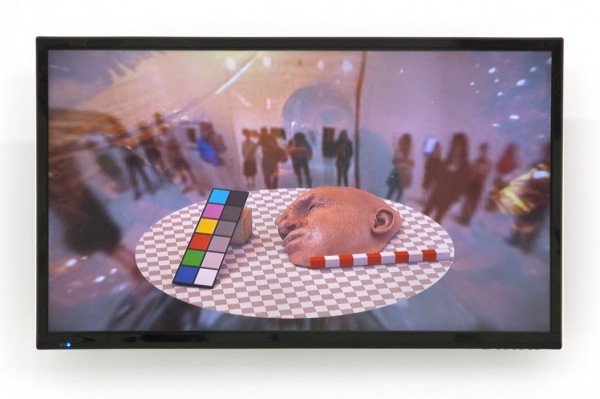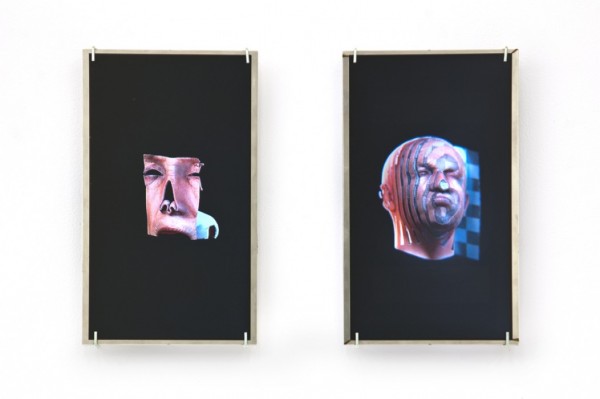Base Period
Monday, 4 August 2014
Alan Resnick and Lesser Gonzalez Alvarez
In our quest to understand our place in the world, we have throughout the ages employed a variety of tools to aid in the gradual structuralization of our environments. Whether we are speaking of literal tools, or of language itself as a tool, we are a species prone to dissection, preservation, and classification. Roland Barthes saw language as legislation, with speech as its code. He believed that all classifications are oppressive. There is a mystery to materiality, what philosophers have called an ‘isness’, which language has been designed to probe and demystify in a subtle demonstration of imposition. Language is after all, power, and our unwavering impulse towards classification has resulted in extremely capable tools like digitization, which now blurs the lines between what is, isn’t, wasn’t, or could’ve been with exponentially growing proficiency.
Through simulation, the rays from a sunset in China can now light the surface of an object in America. In this way, technology allows for a perception of a new reality, allowing us to experience events and records from the past in entirely new contexts. We now have the ability to recreate precious antiquities in ‘any flavor’, so to speak, to create demographics and economies based on illusions of imperishability, to recreate reality to taste, with none of its imperfections, and as a consequence, none of its mystery. Much of the work in ‘Base Period’ aims to render these conditions as resulting in a ‘calcification’ of ‘isness’, surveying contemporary iconography and aesthetics as catalogued artifacts.




